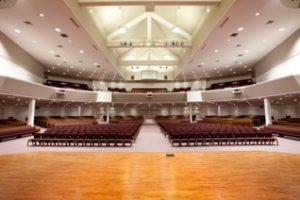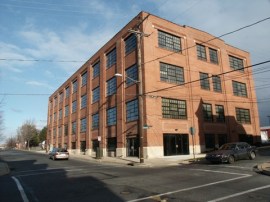I wish I could say that we all live in a perfect world and nothing ever goes wrong, but we all know that isn’t the case. So what do you do when you find yourself stuck with a problem?
I recently had something happen on a project that was quite unexpected and was urgent in nature that would create a very unsafe condition had it not been dealt with quickly and accurately.
So what did I do?
- First, I told the major stakeholders involved about the problem. In this case, those parties are the Owner, design consultants and the contractors directly affected by the issue. You never want to keep an issue a secret and try to figure it out on your own. Even if you know the answer to the problem, it is always best to get it out in the open and discuss it as a team especially if the issue impacts more than yourself.
- Second, was to discuss a resolution with the professional consultants that were on the team. The problem was beyond the Owner and was building related and needed the input of design professionals.
- Lastly, we pulled together a couple options to resolve the problem, presented them to the Owner, and as a team we decided on what would be the win-win resolution.
The problem was successfully resolved and the project continued moving forward.
The next time you find yourself “stuck” with an issue on a construction project it is best to resolve it as a team because you are all in it together.









 It is extremely helpful for an owner to have a core team together for the duration of a construction project. The makeup of this core team does not necessarily have to be people experienced in the different construction trades.
It is extremely helpful for an owner to have a core team together for the duration of a construction project. The makeup of this core team does not necessarily have to be people experienced in the different construction trades.

